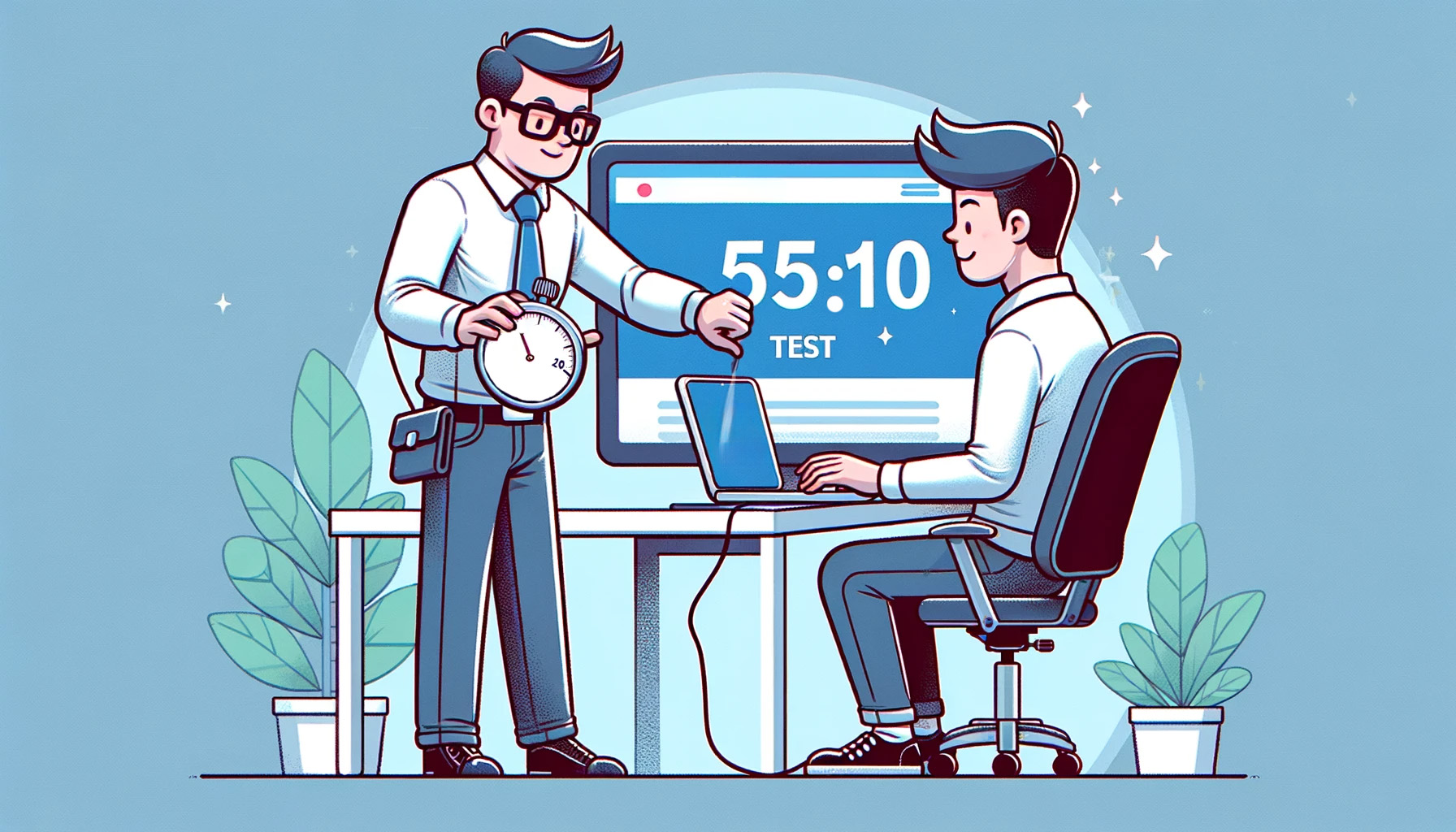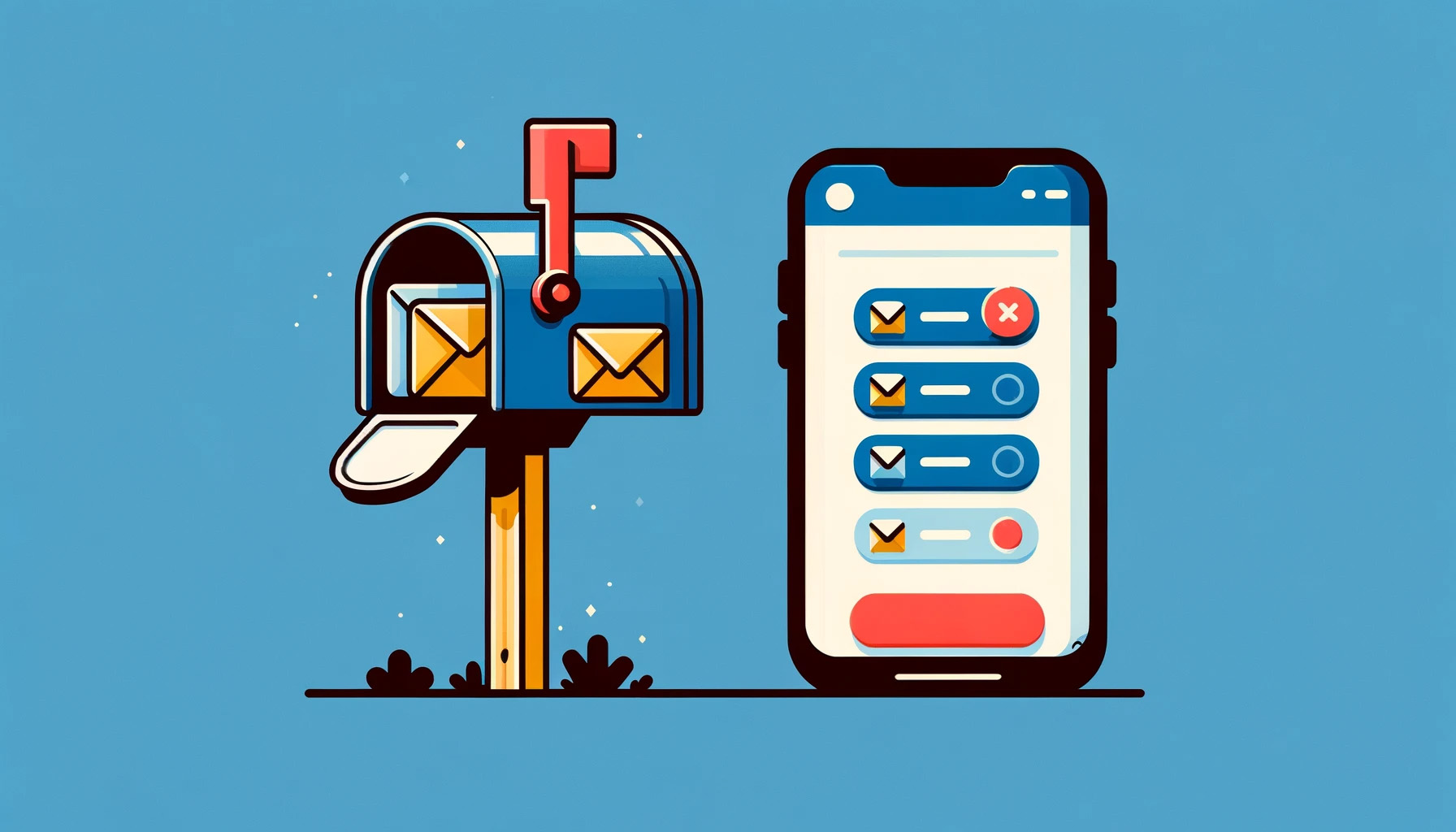Category: DIRECT RESPONSE
-
Keep the Deals Flowing: Maintaining Sales Momentum in Direct Response
For direct response marketers, building and maintaining sales momentum is the backbone of long-term success. As a sales leader, you know that keeping your sales pipeline full and your team members motivated can be a constant challenge. Whether you’re a seasoned veteran or just starting out, you’ve likely experienced the highs and lows that come…
Written by

-
First Impressions Matter! Master the 5-Second Test to Boost Conversions
First impressions aren’t just important—they’re everything. This is especially true for direct response marketers, where the difference between a conversion and a missed opportunity can hinge on a user’s initial experience. The 5-second test, a cornerstone of user experience (UX) design and usability testing, can be your best tool. At its core, this method is…
Written by

-
7 Cutting-Edge Direct Response Marketing Trends for 2024
As we step into 2024, the landscape of direct response marketing is evolving rapidly, reshaping how businesses connect with their audiences. It’s not just about reaching out; it’s about striking the right chord with precision and innovation. From AI-driven personalization to immersive technologies, each trend offers a unique opportunity to enhance your marketing strategy, boost…
Written by

-
Direct Mail vs Email Marketing: Which Unlocks Greater Customer Engagement?
Welcome to the showdown of the century: direct mail versus email marketing. In one corner, we’ve got the classic charm of direct mail, hearkening back to the days when the clink of the mailbox was your signal to new adventures. In the other, the sleek, digital dynamo of email marketing, zipping through cyberspace at the…
Written by

-
How to Get Started with Prop Trading—Is It Legal?
In recent years, the stock market’s increased accessibility has sparked widespread interest in day trading and market making, leading many to explore the world of proprietary (prop) trading. This article aims to demystify prop trading, guiding you through its legalities, intricacies, and potential as a career path. Forget traditional learning methods; this is Prop Trading…
Written by
